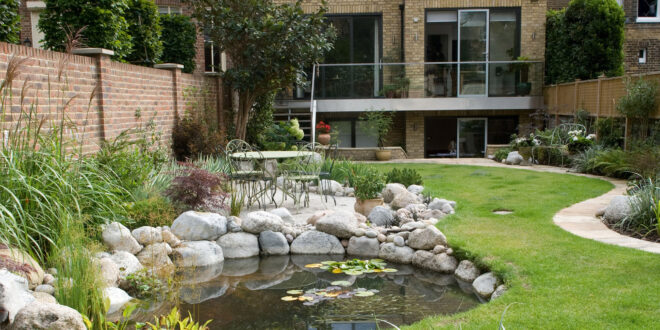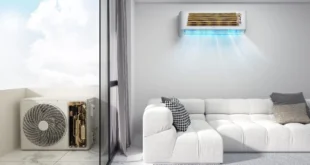Making the most of your yard can greatly improve the outdoor experience for the whole family. Besides the enjoyment that you get out of having one, a garden can also boost curb appeal and make the overall aesthetics of the property stronger. Research suggests that cultivating a garden contributes to better mental health as well.
At the end of the day, starting a garden can be a very positive change to your Annville, PA home. Once you have taken on this project, your green thumb will surely develop and you will look forward to preparing the landscaping feature every spring.
However, gardens are not always simple. They can be tricky to get started and turn into a beautiful oasis in your yard. Without ongoing care and careful planning, this project could end up making your property look worse. To get you started on your cultivation journey, here are the basic steps to creating your very first garden.
1. Choose a Spot
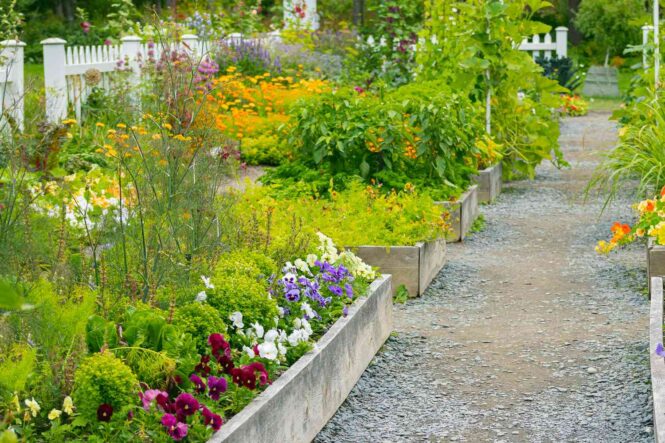
The easiest part of the process is choosing where to plant your garden. However, there are some important factors to consider. Primarily, if you are going to be digging into the ground, you need to be sure that you won’t be hitting any underground pipes, wires, or other structural elements. It would be wise to consult your property blueprint if you have access to it. Otherwise, you can call 811 or visit the 811 website to submit a request to dig. This service will make sure you know where in your yard you can dig safely without coming into contact with any utility lines.
2. Pick a Style
Next, you are going to need a theme or design for your garden. You don’t want to craft a convoluted space that appears chaotic. Rather, you want to design a feature that is aesthetically appealing and organized. One option is to grow a box garden for vegetables. This concept uses wooden framing to raise the bed of the garden and make it stand out from the yard more while providing you with homegrown produce. Another option is to design a flower garden, which can have a wide variety of themes on its own. You can get really creative using items like old trucks, rubber tires, hanging pots, and cinder blocks to add a unique flair.
3. Stake the Area and Dig
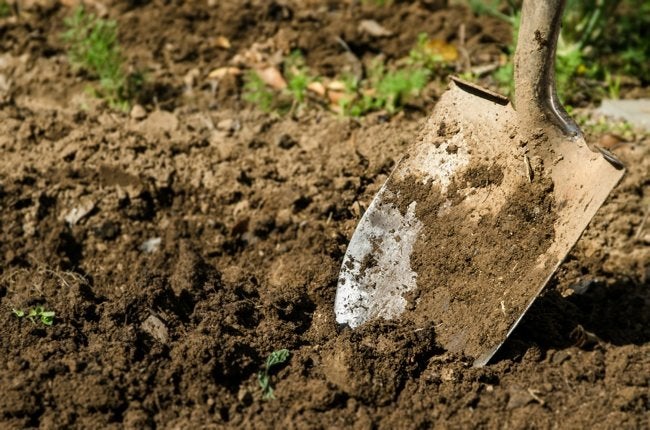
With a chosen location and style, it is time to start landscaping. Measure out a perimeter using measuring tape and some stakes or sticks to give you the border. Depending on the style of garden, you may be digging up the sod (grass and top layer of soil with the grassroots) to gain access to the fertile dirt below. Be sure to shake off as much excess soil from the sod layer into the garden bed to give your plants a great start. A garden spade can make quick work of this sod layer. If you want, you could place these sod chunks on bare areas of your yard that need more grass.
4. Add Top Soil
This is the point at which you can go in different directions. The simplest is to purchase some topsoil from a garden center in Annville and fill the area to the required depth for your plants. However, you can create your own layer of soil with organic materials like compost and cardboard that will break down. This soil will be crucial for providing the nutrients that plants need to grow.
5. Decorative Elements
Want to spruce up your garden a little bit more? Some extra aesthetic elements can turn a basic garden into a small paradise in your yard. For example, you could add some pavers around the border of the garden, or create a lovely walkway around the garden with materials from a natural stone store. If the garden is large enough or features small trees/large shrubs, adding a small bench could make it a relaxing spot on a warm day to breathe in the scent of your plants.
6. Start Planting
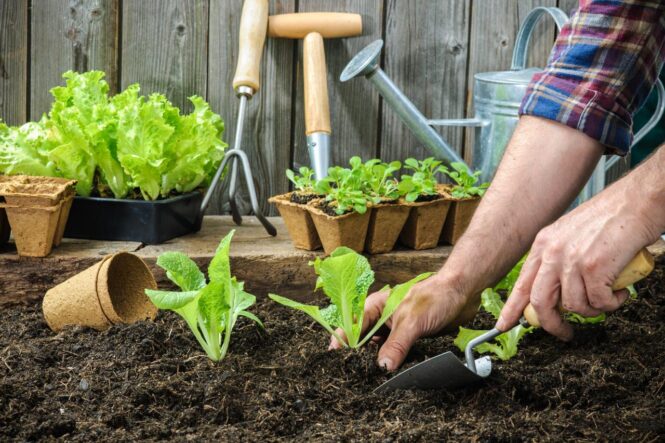
The whole purpose of your garden is to fill it with life, which is the next stage of the process. Whether you are planting vegetables, flowers, trees, or shrubs, you can customize the layout and colors of your garden with various flora to enhance curb appeal and boost mental health. Remember that maintenance is going to be the key to fostering a beautiful area. If you forget to water the plants that need it or avoid weeding, your creation could lose its beauty.
7. Mulch
Weeds and loss of moisture can be the two biggest obstacles to a beautiful garden. Plants require access to sunlight, healthy soil for roots, and water to grow healthily. Weeds and moisture loss can negate these ingredients, slowing down plant growth or killing plants completely. Mulch can be a crucial final step in designing your garden that reduces weed growth and helps retain more moisture in the soil. Add a top layer to your garden to maintain the health of all the plants.
8. Harvest
Harvesting your garden produce is the culmination of all your hard work and effort. It’s a rewarding experience to finally be able to enjoy the fruits of your labor. Proper harvesting ensures that you get the most out of your garden, both in terms of quantity and quality of produce.
Timing is crucial when it comes to harvesting your produce. Each crop has its own optimal harvest time, which depends on factors such as weather, soil conditions, and the variety of the plant. It’s important to harvest at the right time to ensure that the produce is at its peak flavor and nutrition.
Proper harvesting techniques, such as using the right tools and handling produce gently, can also help to ensure that your harvest is of the highest quality. Once you’ve harvested your produce, it’s important to store it properly to preserve its freshness and flavor. By following these steps, you can enjoy the fruits of your garden for months to come.
With the steps above, you should be well on your way to having a beautiful exterior feature that will support mental health and boost curb appeal for years to come for your Annville, PA home.
 Imagup General Magazine 2024
Imagup General Magazine 2024
